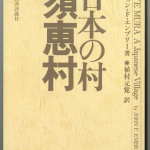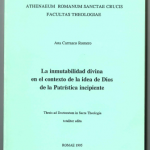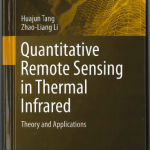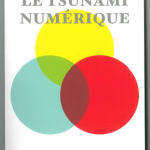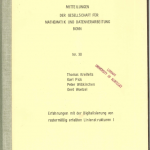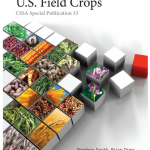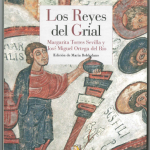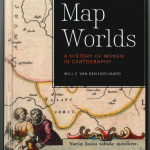Histoire de la virilité / sous la direction de Alain Corbin, Jean-Jacques Courtine, Georges Vigarello. (OCLC #759002101)
We bought only the third volume of a three-volume set. Though there is an individual record for this volume in OCLC, it is lower encoding level than the set record, and I didn’t feel there was much to be gained by cataloging/classifying this volume separately from the rest of the set.
I used the set record for our holdings/catalog, but specified which volumes we owned in our mfhd record:
852 0_ ‡b yl,4 ‡h HQ1090 ‡i .H57 2011 866 41 ‡a v.3

